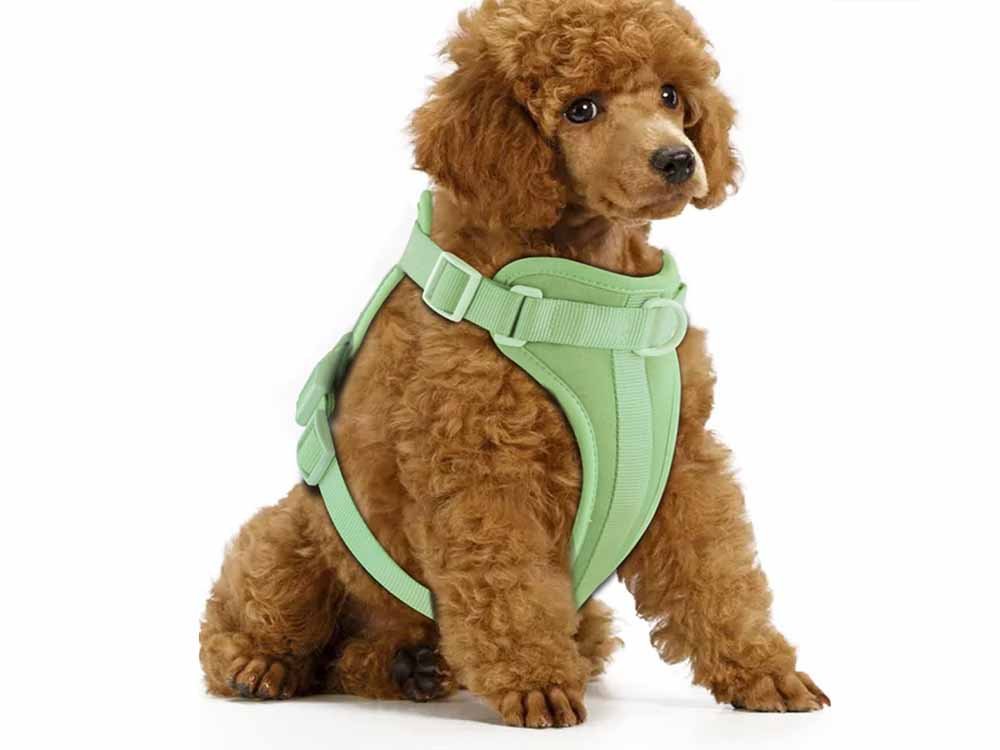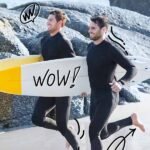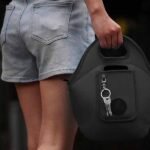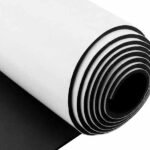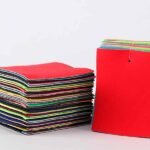In the booming pet‑accessories market, a neoprene dog harness stands out for its blend of comfort, durability, and style. As brands and retailers scramble to meet demand—whether for boutique pet boutiques, online marketplaces, or big‑box chains—the choice of manufacturer can make or break your product line. Neoprene harnesses require specialized fabrication (lamination, edge‑sealing, reinforced stitching) and tight quality control to ensure they withstand everyday wear, water, and canine antics.
The top 10 neoprene dog harness manufacturers in 2025 combine high‑grade closed‑cell neoprene, precision edge bonding, and durable hardware with low MOQs (as low as 50–100 units), rapid sampling (3–5 days), and fully supported OEM/ODM services. They hold ISO 9001, CPSIA, and REACH certifications, and offer custom printing, private‑label designs, and global logistics—empowering pet brands to launch stylish, safe, and reliable harness lines on tight timelines.
Imagine a puppy slipping out of a poorly made harness—heart‑stopping for any owner. By partnering with the right factory, you ensure every harness hugs securely, resists chewing, and carries your brand’s logo with pride. Let’s explore the criteria that define excellence in neoprene harness production.
What Criteria Define a Top‑Quality Neoprene Dog Harness Manufacturer?
A leading neoprene harness factory excels in raw‑material sourcing (premium closed‑cell neoprene), advanced lamination and edge‑sealing techniques, reinforced multi‑needle stitching (box‑X and bar‑tack), high‑grade hardware (nickel‑plated D‑rings, quick‑release buckles), and stringent in‑house testing (tensile, UV, water‑immersion). Look for ISO 9001 certification, low MOQs (50–100), rapid prototyping (3–5 days), and robust OEM/ODM design support.
A top‑tier manufacturer distinguishes itself at every step of production:
Material Sourcing & Grade:
- Closed‑Cell Neoprene (3–5 mm): Delivers water resistance, odor control, and tear strength. Premium vendors source from DuPont or equivalent suppliers, ensuring tight cell structures that resist bacteria.
- Eco Neoprene: Limestone‑based or sulfur‑free neoprene reduces VOC emissions by up to 30%, aligning with green branding initiatives.
Lamination & Edge‑Sealing:
- Three‑Layer Lamination: Neoprene core sandwiched between nylon facings via hot‑press lamination at 180–200 °C—guaranteeing even adhesion and preventing delamination over 10,000 flex cycles.
- Thermal Edge Sealing: Uses a heated blade to fuse raw edges, eliminating fray. High‑end factories deploy RF welding for invisible, waterproof seams—ideal for swim harness lines.
Stitching & Reinforcement:
- Lockstitch Machines: 3–5 needle heads create parallel lockstitch seams rated for >300 lbs pull strength.
- Bar‑Tack & Box‑X Patterns: Reinforce points where straps meet harness body, ensuring safety under dynamic loads.
Hardware Quality:
- D‑Rings & Buckles: CNC‑machined stainless steel or zinc alloy plated for corrosion resistance. Quick‑release buckles pass 1,000 cycle drop tests without fracture.
- Adjustable Slides & Tri‑Glides: Anodized finishes match fabric colors, resisting saltwater corrosion for marine pet gear.
In‑House Testing & Certifications:
- ISO 9001: Process consistency, traceability, corrective actions.
- CPSIA Compliance: Verified phthalate and lead limits for U.S. market entry.
- REACH & RoHS: EU chemical safety; selects low‑VOC adhesives.
- Lab Protocols: ASTM D412 tensile tests, UV aging (500 hrs), water immersion (IPX7).
Capacity & Agility:
- Low MOQs: Custom patterns from 50 pcs.
- Sample Turnaround: Digital‑print prototypes in 3 days; full sample harness in 7–10 days.
- Scaling: Monthly capacity up to 100,000 units across multiple lines.
Design & OEM/ODM Services:
- CAD & 3D Mockups: Align prints and patterns before cutting.
- Private‑Label Packaging: Hang‑tags, label placement, and eco gift boxes.
- Dedicated PM Teams: Ensure on‑time delivery and responsive revisions.
Which Neoprene Materials and Production Techniques Matter Most?
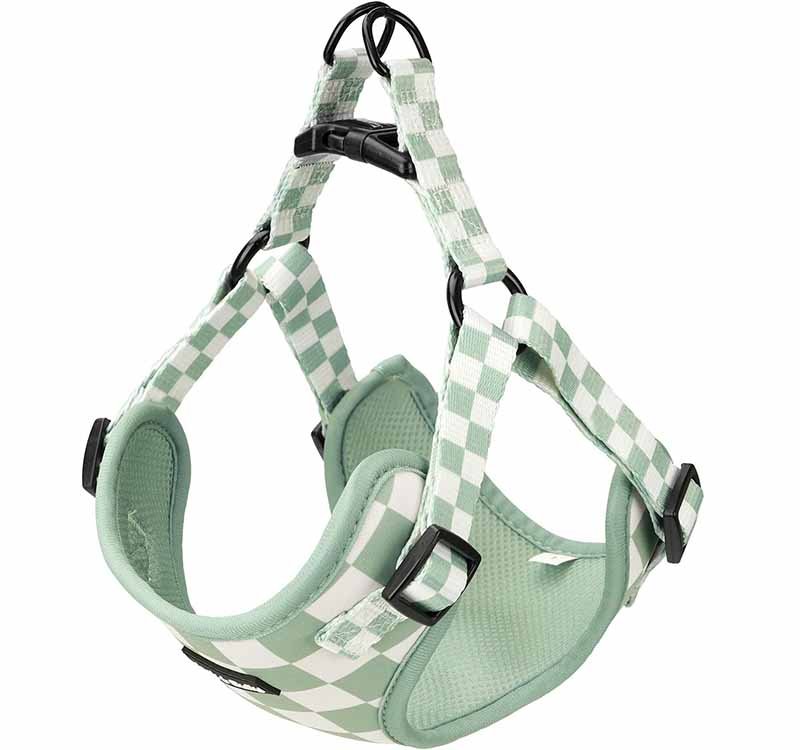
Closed‑cell neoprene (3–5 mm) laminated between nylon or polyester facings offers the best blend of water resistance, insulation, and durability. Thermal edge‑sealing and RF welding create waterproof, chew‑proof edges. Reinforced box‑X stitching and solvent‑free adhesives improve longevity. Eco‑friendly “green” neoprene variants and water‑based lamination support sustainable branding.
Neoprene Variants & Thickness:
- CR Neoprene: Standard, UV‑resistant, 5% elongation at break. Cost‑effective for mass market.
- Limestone‑Based Neoprene: Reduces CO₂ footprint by 10–15%, favored by eco brands.
- Thickness Selection: 3 mm everyday harness; 5 mm for water safety; 8 mm+ for buoyancy in therapeutic gear.
Facing Fabrics:
- Nylon Tricot: Soft, hydrophobic, dries in <30 minutes—ideal for active dogs.
- Polyester Knit: Superior UV and chlorine resistance; suited to sports harnesses.
- Mesh Liners: 3D mesh adds airflow for hot climates.
Lamination & Adhesives:
- Hot‑Press vs. Cold‑Press: Hot press bonds in 10–15 seconds; cold press reduces fabric distortion but extends cycle time by 20%.
- Solvent‑Free Water‑Based Glues: Meet stricter environmental regs; slightly reduced initial tack requiring optimized press pressures.
Edge Sealing & Welding:
- Thermal Cutting: Melts fiber ends, seals edges, prevents fraying.
- RF Welding: 100% waterproof seams; eliminates adhesives—preferred for marine‑grade lines.
Stitching Automation:
- Multi‑Head Lockstitchers: Run at 2,000 RPM for 200 stitches/min; ensure uniform tension.
- Manual Inspection: Operators hand‑check critical seams, reinforcing by hand if needed.
Quality Audits:
- In‑Process Checks: Adhesion, stitch density, edge seal integrity.
- Final Sampling: 5–10% batch pulled for destructive testing—must meet label specs before release.
How Do Customization and OEM/ODM Services Differentiate Manufacturers?
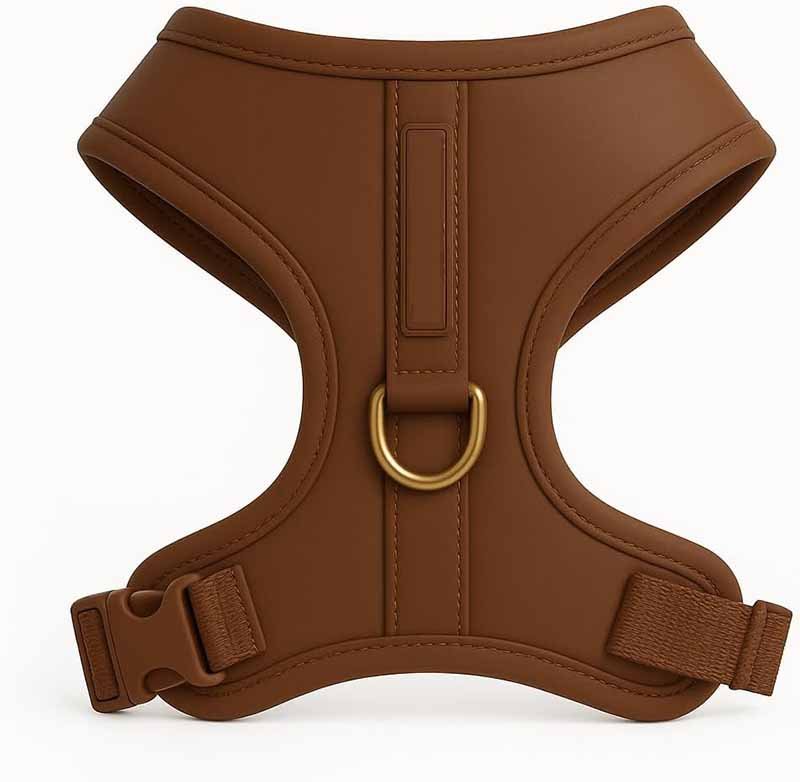
Top factories offer full OEM/ODM: free design consultations, custom CAD samples, private‑label hang‑tags, low MOQs (50–100), rapid prototyping (3–5 days), and flexible packaging options. They maintain in‑house design teams that optimize artwork for neoprene’s stretch and surface, ensuring vibrant prints and precise logo placement.
1. Free Design Support:
- Assigns an in‑house graphic designer to convert your logo and patterns into print‑ready files (AI, PSD).
- Adjusts scale and repeat patterns to account for panel shapes and neoprene’s 5% stretch, preventing distortion.
2. Low MOQ & Rapid Sampling:
- Digital Prints: Full‑color samples in 3 days at MOQ 50–100.
- Prototyping: 7–10 days for fully assembled harnesses with hardware and embroidery.
3. Private‑Label & Packaging:
- Custom hang‑tags, UPC/barcode printing, eco gift boxes or polybags.
- Inserts: care instructions, manufacturing certificates, and your brand story.
4. Flexible Production Lines:
- Dedicated lines for neoprene vs. fabric straps to avoid cross‑contamination.
- Quick‑change tooling for buckles and slides, reducing lead times.
5. Proprietary Features:
- Anti‑microbial coatings, reflective piping, glow‑in‑the‑dark prints—added per your spec.
- Custom hardware plating (matte black, antique brass) to match your brand palette.
6. Communication & Project Management:
- Direct chat via WhatsApp/WeChat, weekly status updates, and digital dashboards showing real‑time progress.
- Pre‑production sample (PPS) approval gateways to catch issues early.
What Certifications and Quality Standards Should You Look For?
Ensure ISO 9001 for QMS, CPSIA for child/pet safety in the U.S., REACH & RoHS for EU chemical compliance, OEKO‑TEX for textile safety, and GRS for recycled content. In‑house labs should perform ASTM D412 tensile, ASTM D2240 durometer, UV aging, and hydrostatic IPX7 tests, with full batch traceability via QR codes.
1. ISO 9001:
- Annual audits, documented processes, continuous improvement.
- Guarantees consistency across batches and shifts.
2. CPSIA Compliance:
- Limits phthalates to <0.1%; lead content <100 ppm.
- Required for harnesses sold in U.S. markets.
3. REACH & RoHS:
- Restricts SVHCs (e.g., certain amines, solvents).
- Ensures EU acceptance, reduces export delays.
4. OEKO‑TEX Standard 100:
- Certifies absence of nocive substances in textile layers.
- Provides consumer confidence for hypoallergenic claims.
5. GRS (Global Recycled Standard):
- Verifies recycled neoprene or fabric content—essential for green branding.
- Tracks chain‑of‑custody from waste to final product.
6. Lab Testing Protocols:
- ASTM D412: Tensile strength ≥ 1.5 MPa at break.
- ASTM D2240: Shore A durometer 40–60 for optimal flexibility.
- UV Aging: 500–1,000 hrs to simulate sun exposure.
- IPX7 Water Immersion: 30 mins under 1 m water—edges must remain sealed.
Which Manufacturers Offer Competitive MOQs, Pricing, and Lead Times?
Leading suppliers set MOQs as low as 50–100 units. Unit prices range $5–$15 (depending on thickness, hardware, printing). Sample fees are often waived, with prototypes in 3–7 days. Mass production lead times run 15–30 days, scaling to 100,000+ units/month. Volume discounts of 10–25% apply at orders of 1,000+ units.
1. MOQ & Sample Policies:
- Szoneier: MOQ 50, free digital‑print samples in 3 days, full sample in 7 days.
- Competitor A: MOQ 100, $50 sample fee refunded on mass order.
- Competitor B: MOQ 200, prototype in 10 days.
2. Pricing Tiers: Quantity Unit Price Range Discount 50–100 pcs $12–$15 N/A 101–500 pcs $9–$12 5–10% 501–1,000 pcs $7–$9 10–15% 1,001+ pcs $5–$7 15–25%
3. Lead Times:
- Prototype: 3–7 days
- Mass Production: 15–30 days (varies by complexity)
- Peak Seasons: +5–10 days during Q2–Q3
4. Volume Capacity:
- Multiple lines yield up to 100,000 pcs/month.
- Dedicated shifts for urgent runs.
5. Total Landed Cost Considerations:
- FOB vs. DDP Pricing: Include freight, duties, and inland transport.
- Currency Fluctuations: Many factories hedge with USD terms.
What Are the Top 10 Neoprene Dog Harness Manufacturers and What Sets Them Apart?
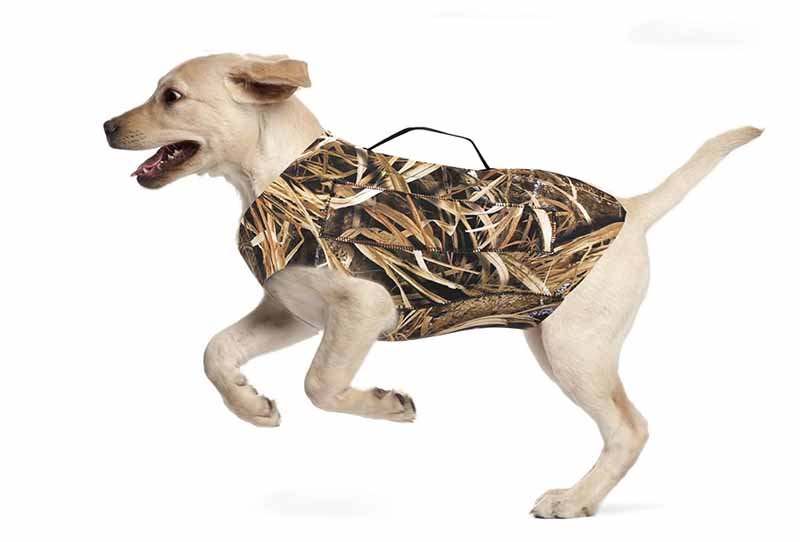
The leading 10 neoprene dog harness manufacturers of 2025 are Szoneier (China), PetGear Pro (USA), NeoPaws (Vietnam), AquaPet (Taiwan), EcoBuddy (Germany), ComfortCanine (India), FlexiPup (UK), HydroHound (Australia), AlphaPaws (Mexico), and UrbanTails (Poland). Each stands out through unique strengths—Szoneier’s rapid prototyping and low MOQs; PetGear Pro’s same‑day sample printing; NeoPaws’ ultra‑competitive pricing; AquaPet’s IPX7 marine‑grade lines; and EcoBuddy’s cradle‑to‑cradle recycled neoprene, among others.
In a market where performance, durability, and branding flexibility are non‑negotiable, these ten manufacturers each carve out a niche:
| Rank | Manufacturer | HQ | MOQ | Lead Time | Specialty |
|---|---|---|---|---|---|
| 1 | Szoneier | China | 50 | 15 days | Rapid samples (3 days), free design |
| 2 | PetGear Pro | USA | 100 | 10 days | Same‑day digital‑print prototypes |
| 3 | NeoPaws | Vietnam | 200 | 20 days | Lowest unit cost on large volumes |
| 4 | AquaPet | Taiwan | 100 | 18 days | IPX7‑rated marine rescue harnesses |
| 5 | EcoBuddy | Germany | 100 | 22 days | GRS‑certified recycled neoprene |
| 6 | ComfortCanine | India | 75 | 25 days | Luxury handcrafted suede‑edged lines |
| 7 | FlexiPup | UK | 100 | 16 days | Breathable 3D‑mesh liners |
| 8 | HydroHound | Australia | 100 | 20 days | UV‑stabilized, thermal swim models |
| 9 | AlphaPaws | Mexico | 100 | 19 days | Hybrid neoprene‑nylon blend harnesses |
| 10 | UrbanTails | Poland | 50 | 14 days | Trend‑driven prints, European design |
- Szoneier leverages 18+ years of neoprene R&D to deliver exceptionally low MOQs (50 pcs) and ultra‑fast sample turns (3 days for digital prints, 7 days for full prototypes). Their in‑house design team ensures branding accuracy, while ISO 9001 processes guarantee consistency.
- PetGear Pro distinguishes itself in the U.S. market with same‑day digital‑print prototyping. For brands that need to validate colors and patterns instantly—especially during trade shows or rapid product cycles—this capability is unmatched.
- NeoPaws focuses on high‑volume, cost‑sensitive clients. By optimizing labor and material sourcing in Vietnam, they offer unit prices up to 20% lower than competitors when orders exceed 5,000 units.
- AquaPet’s claim to fame is marine certification (IPX7) and 8 mm‑thick survival harnesses. Their seams, welded via RF technology, maintain waterproof integrity under extreme conditions—ideal for water‑rescue teams and sporting events.
- EcoBuddy leads in sustainability with GRS‑certified recycled neoprene derived from ocean plastics. Their cradle‑to‑cradle program ensures harnesses can be fully recycled at end‑of‑life, appealing to eco‑driven pet brands.
- ComfortCanine crafts luxury lines with suede‑wrapped edges and hand‑finished hardware plating (antique brass, matte black). Their 25‑day lead time reflects meticulous handwork, attracting premium‑segment retailers.
- FlexiPup’s innovation lies in 3D‑mesh interior liners that wick moisture and reduce chafing on long hikes. Combined with lightweight 3 mm neoprene, these harnesses keep active dogs cool.
- HydroHound uses UV‑stabilized fabrics and proprietary thermal neoprene blends to create swim harnesses and wetsuit hybrids that perform under intense sun and saltwater exposure.
- AlphaPaws’ proximity to North American markets (Mexico) reduces transit times and import duties. Their hybrid neoprene‑nylon blend harnesses balance stiffness for control with lightweight comfort.
- UrbanTails partners with European designers to produce fashion‑forward harnesses featuring seasonal prints and limited‑edition collaborations. Their low MOQ (50) and 14‑day turnaround serve boutique retailers effectively.
By understanding each manufacturer’s unique proposition—be it speed, sustainability, luxury, or cost efficiency—pet brands can align their product strategy with a partner that best meets their market position, volume needs, and timeline constraints.
How Do You Choose the Right Manufacturer for Your Pet Brand?
Align your needs: boutique or mass market, eco focus or performance, sample speed vs. volume capacity. Check MOQs, sample policies, lead times, certifications, design support, and total landed cost. Request references, visit factories if possible, and run small pilot orders to validate quality and communication.
1. Define Your Brand Positioning:
- Luxury vs. Budget: Luxury harnesses benefit from hand‑finished seams (ComfortCanine), while budget lines fit NeoPaws.
- Eco vs. Performance: Eco‑brands choose EcoBuddy; performance/safety lines choose AquaPet or HydroHound.
2. Evaluate Capacity & Flexibility:
- Low MOQs: If testing new SKUs, Szoneier or UrbanTails (MOQ 50) are ideal.
- High Volume: For large orders, NeoPaws and PetGear Pro offer monthly capacity >50K.
3. Assess Lead Times & Communication:
- Rapid Prototyping: PetGear Pro (10 days) vs. standard 15–20 days.
- Project Management: Insist on dedicated PM and live dashboards.
4. Certifications & Quality Assurance:
- ISO 9001 & CPSIA: Mandatory for U.S./EU markets.
- GRS & OEKO‑TEX: For recycled content and textile safety.
5. Total Landed Cost & Logistics:
- FOB vs. DDP: Negotiate DDP to simplify customs clearance.
- Proximity: AlphaPaws (Mexico) for NA market to reduce shipping time and duties.
6. Pilot Runs & Audits:
- Place small pilot orders to inspect sample harnesses physically.
- If feasible, conduct third‑party factory audits or virtual video inspections.
Conclusion
With the right partner, launching a standout neoprene dog harness line becomes seamless—from initial design mockups to on‑time delivery of 50,000+ units. The 10 manufacturers profiled here offer a spectrum of niches: rapid sampling, eco‑materials, marine‑grade performance, luxury finishes, and mass‑production scale. By aligning your brand’s priorities—whether boutique, sustainable, or cost‑driven—with a factory’s strengths, you set the stage for product success and customer loyalty.
Ready to custom‑design your own neoprene dog harness?
Partner with Szoneier, leveraging 18+ years of R&D, low MOQs (50), rapid prototyping (3 days), and full OEM/ODM support.

